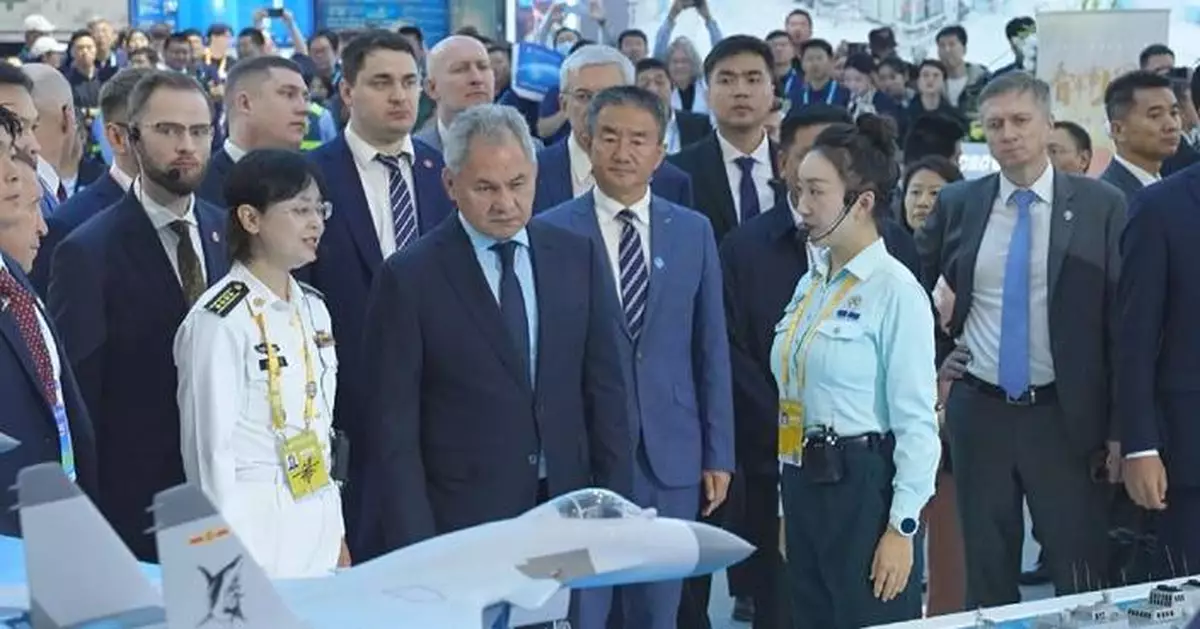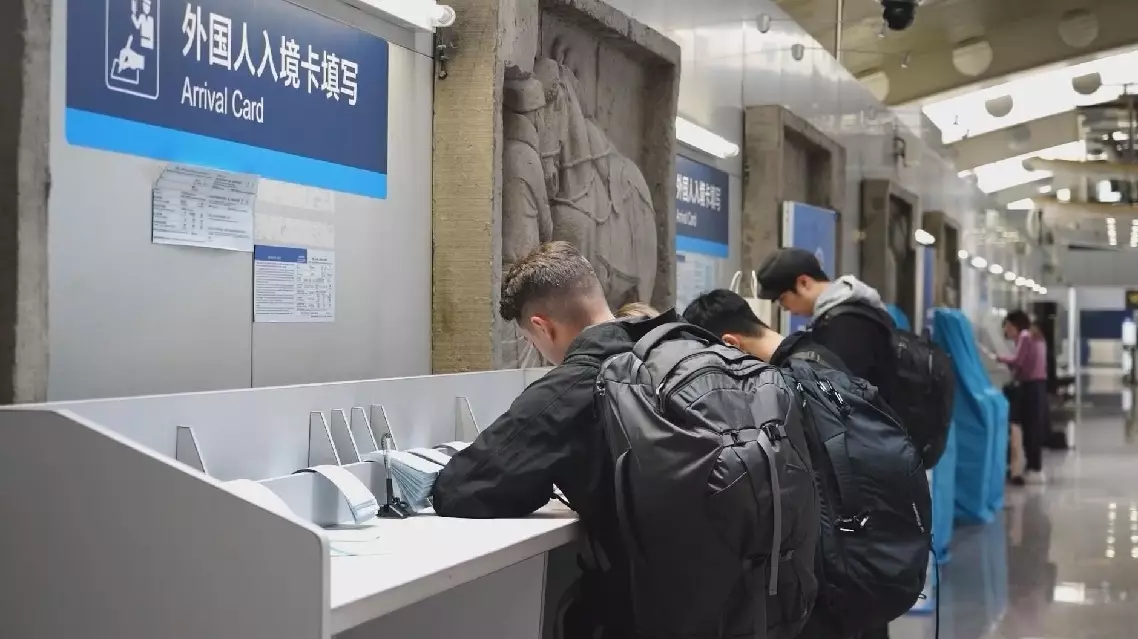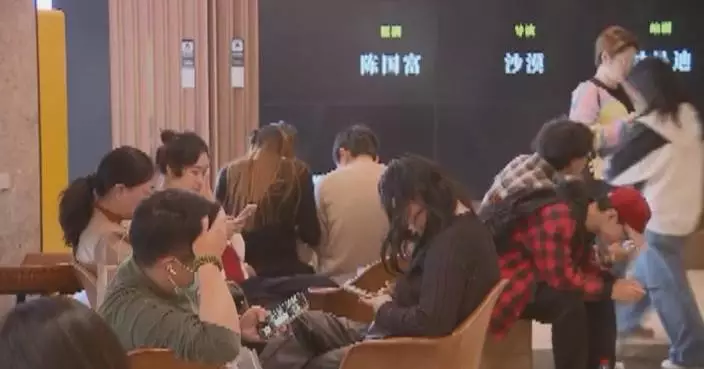Sergei Shoigu, secretary of the Russian Federation Security Council, on Thursday visited the ongoing 15th China International Aviation and Aerospace Exhibition, also known as Airshow China, in Zhuhai, a coastal city of south China's Guangdong Province.
Shoigu first went to the weaponry hall at the Airshow China, where the unmanned combat equipment, the robo wolves, is displayed at the light arms exhibition area. He then went to the exhibition areas of unmanned intelligence technologies and assault and suppression technologies.
Shoigu also visited the exhibition area of Rostec where he learned about Russia's participation in the exhibition and major exhibits, and had a brief talk with Sergey Bogdan, the Russian chief test pilot for the Su-57 fighter jet.
Shoigu is in China for the 19th round of the annual China-Russia strategic security consultations. This is Shoigu's first visit to China since assuming his new role as the secretary of the Russian Federation Security Council. Shoigu stepped down as Russia's defense minister in May this year.
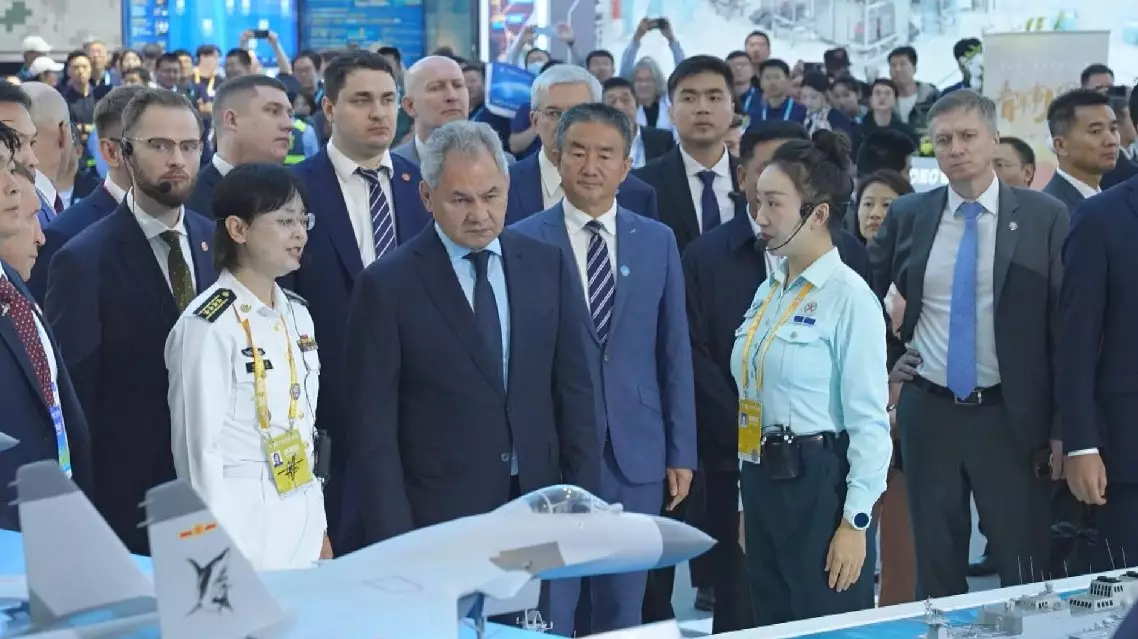
Russian Security Council Secretary Shoigu visits Airshow China
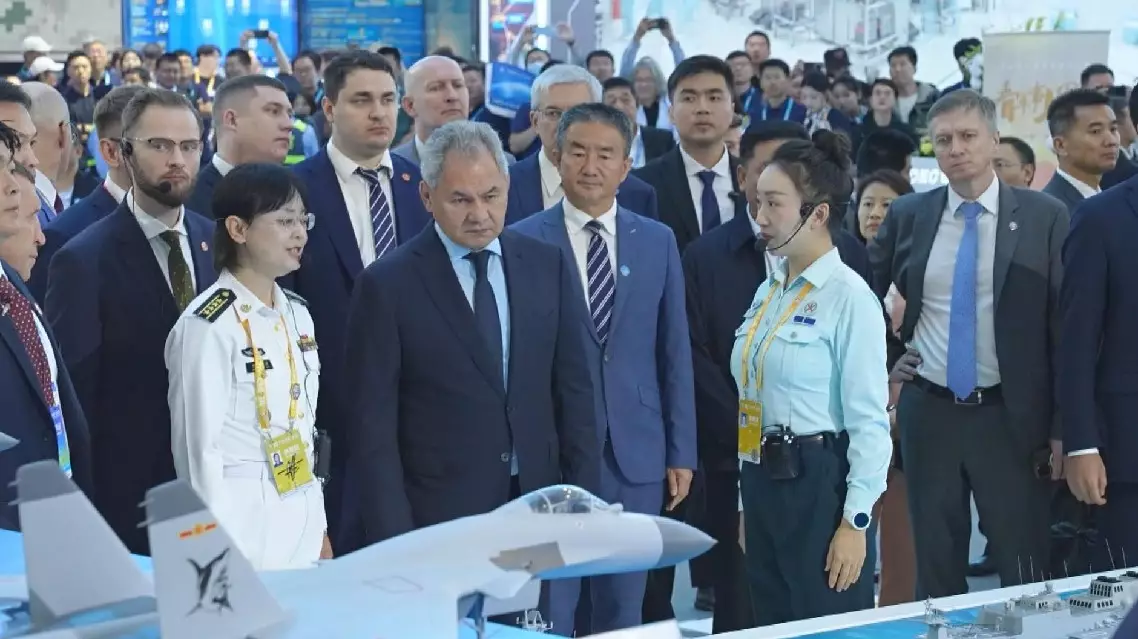
Russian Security Council Secretary Shoigu visits Airshow China


